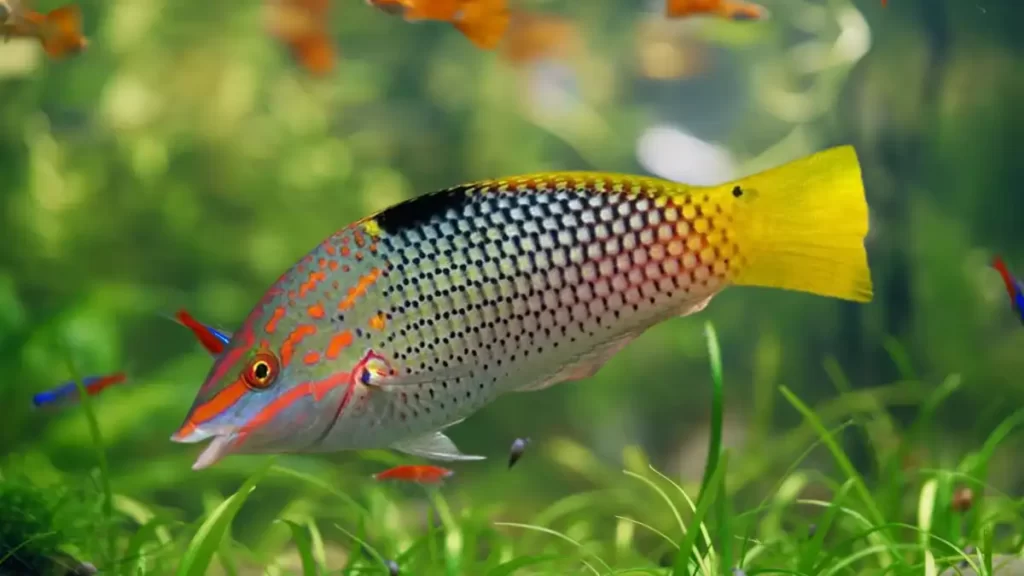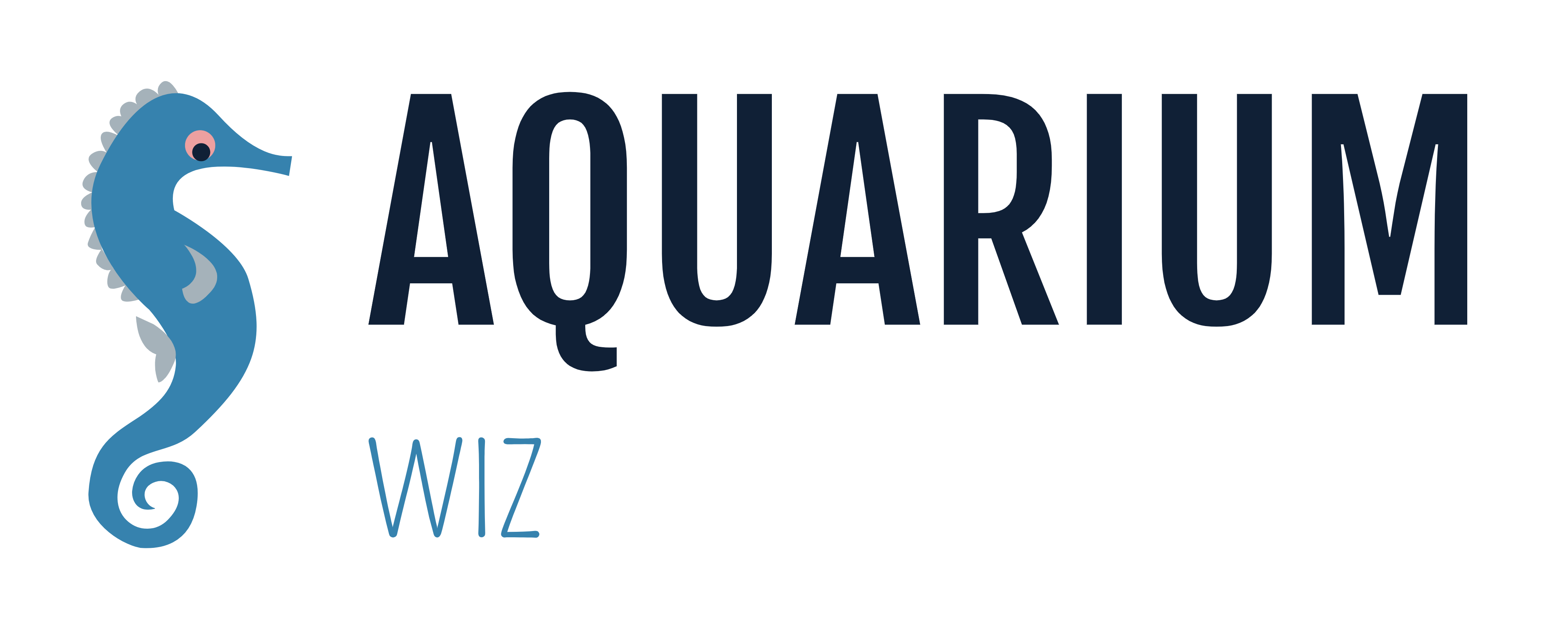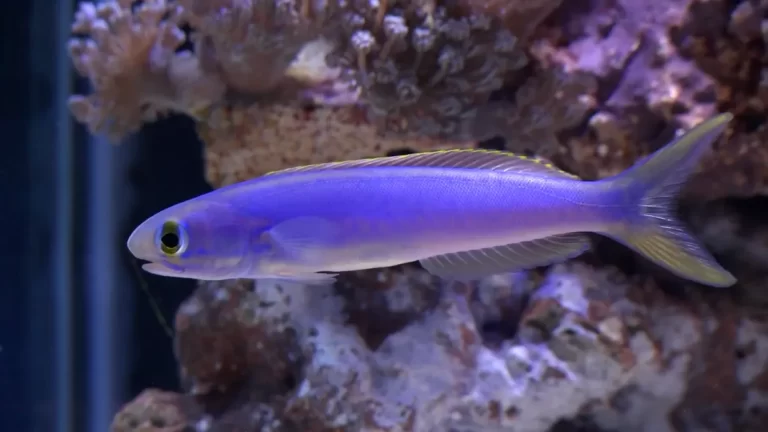Checkerboard Wrasse Care, Tank Setup Breeding, Diseases & Prevention
We’ll embark on a fascinating journey into the world of Checkerboard Wrasse care. Whether you’re a seasoned aquarium enthusiast or a newcomer eager to explore the intricate art of marine fishkeeping, you’ve come to the right place.
Join us as we decipher the nuances of Checkerboard Wrasse care, ensuring that you possess the essential knowledge and tools to create a thriving aquatic environment. From setting up the perfect tank and maintaining pristine water quality to understanding their unique behaviors and dietary preferences, we’ll cover every aspect with a focus on optimizing your care.
So, let’s dive in together, uncover the mysteries of Checkerboard Wrasse care, and ensure that your aquatic companions thrive in their captivating underwater haven. Prepare to embark on a journey that not only enriches your expertise but also introduces the mesmerizing world of these magnificent creatures into your life.

Quick Facts
The Checkerboard Wrasse is a popular fish in the aquarium hobby due to its striking colors and lively personality. Here are some quick facts about this fish:
- Scientific Name: Halichoeres hortulanus
- Common Names: Checkerboard Wrasse, Marble Wrasse, Hortulanus Wrasse
- Size: Up to 11 inches (28 cm) in length
- Lifespan: Up to 8 years in captivity
- Temperament: Generally peaceful but can become aggressive towards other wrasses or fish with similar body shapes
- Diet: Omnivorous, feeds on small crustaceans and fish in the wild, can be fed a varied diet in captivity
- Difficulty Level: Intermediate, requires a well-established aquarium with plenty of hiding spots and open swimming space
The Checkerboard Wrasse has a unique color pattern that changes as it matures. Juveniles have alternating black and white bars on the body, while adults have a white body with black spots between each scale, creating a checkerboard pattern. They are active swimmers and require plenty of open swimming space in their aquarium.
While generally peaceful, Checkerboard Wrasses can become aggressive towards other wrasses or fish with similar body shapes. It is best to keep them with peaceful tankmates and avoid keeping multiple wrasses of the same species in the same tank.
Lifespan
Checkerboard wrasses have a relatively long lifespan for a fish of their size, with a maximum lifespan of around 8 years in captivity. In the wild, their lifespan may be shorter due to predation and other factors.
The lifespan of a Checkerboard wrasse can be influenced by various factors, including the quality of care they receive, their diet, and their environment. Providing a healthy and well-maintained aquarium environment can help to maximize the lifespan of these fish.
It is important to note that the lifespan of Checkerboard wrasses can vary depending on their sex and the stage of their development. Juvenile Checkerboard wrasses have a different appearance and behavior than adults, and their lifespan may be shorter as a result.
To ensure a long and healthy life for Checkerboard wrasses, it is important to provide them with a balanced and varied diet that includes both meaty foods and vegetable matter. They should also be housed in an aquarium with plenty of hiding places and swimming space, and their water quality should be carefully monitored and maintained.
Checkerboard Wrasse Care
The Checkerboard Wrasse is a popular saltwater fish among aquarists. To keep this fish healthy and happy, it is essential to provide the right environment. Here are some tips on how to care for your Checkerboard Wrasse.

Water Parameters
The Checkerboard Wrasse requires a specific water parameter to thrive. The ideal temperature range for this fish is between 76°F to 82°F. The pH level should be between 8.1 to 8.4, and the salinity level should be between 1.020 to 1.025. It is essential to maintain the water quality by performing regular water changes and using high-quality filtration systems.
Ideal Aquarium Setup
The Checkerboard Wrasse is an active swimmer and requires a spacious aquarium. The ideal aquarium setup for this fish should have plenty of live rocks with open spaces for swimming. The live rocks provide hiding places and natural food sources for the fish. The aquarium should have a tightly closed lid to prevent the Checkerboard Wrasse from escaping.
Tank Size
Checkerboard Wrasse requires a minimum tank size of 50 gallons. However, a larger tank is always better. The larger the tank, the more swimming space the fish has, and the easier it is to maintain water quality.
Behavior & Temperament
Checkerboard wrasse are generally peaceful fish that can be kept with other compatible species in reef tanks. They are active swimmers and spend most of their time swimming around the tank.
These fish are known for their interesting behavior. They will often dig holes in the substrate and hide there when they feel threatened. They can also be seen jumping out of the water, which is a natural behavior for them in the wild.
Checkerboard wrasse can be kept in groups, but it is important to ensure that the tank is large enough to accommodate them. They are not aggressive towards other fish, but they may become territorial if they feel that their space is being invaded.
It is important to note that Checkerboard wrasse are jumpers, so it is important to have a tight-fitting lid on the tank to prevent them from jumping out.
Read More: Banana Wrasse Care | Tank Setup, Feeding, Diseases & Prevention
Food & Diet
Checkerboard wrasses are carnivorous fish that require a diet rich in protein. They are known to be picky eaters, so it is important to offer them a variety of foods to ensure they are getting all the necessary nutrients.
In the wild, Checkerboard wrasses feed on small invertebrates, crustaceans, and other small fish. In captivity, they should be fed a varied diet that includes frozen or live foods such as brine shrimp, mysis shrimp, krill, and chopped seafood. High-quality marine flake and pellet foods can also be offered, but should not be the only staple in their diet.
It is recommended to feed adult Checkerboard wrasses twice a day, while juveniles should be fed three to four times a day. It is important not to overfeed as this can lead to health problems such as obesity and poor water quality.
When introducing new foods, it is important to observe the fish closely to ensure they are eating and not experiencing any digestive issues. If the fish are not eating, try offering a different type of food or soaking the food in a garlic supplement to entice them to eat.

Common Possible Diseases & Prevention
Like any other fish, Checkerboard wrasse are susceptible to various diseases. Here are some of the most common diseases that Checkerboard wrasse may contract:
- Ich (White Spot Disease): This is a parasitic disease that can be fatal if left untreated. Symptoms include white spots on the body and fins, and the fish may become lethargic or lose its appetite.
- Marine Velvet: This is another parasitic disease that can be fatal if left untreated. Symptoms include a yellowish-brown dusting on the body, rapid breathing, and lethargy.
- Fin Rot: This is a bacterial infection that can be caused by poor water conditions or injury. Symptoms include frayed or discolored fins.
- Swim Bladder Disorder: This is a condition where the fish is unable to control its buoyancy. Symptoms include the fish swimming upside down or on its side.
To prevent these diseases, it is important to maintain good water quality in the aquarium. This can be achieved by performing regular water changes, avoiding overfeeding, and monitoring the levels of ammonia, nitrite, and nitrate.
In addition, it is important to quarantine new fish before introducing them to the main aquarium. This can help prevent the spread of diseases from new fish to existing fish in the aquarium.
If a fish does become sick, it is important to act quickly. This may involve isolating the sick fish in a separate tank, treating the fish with medication, or seeking the advice of a veterinarian or experienced fish keeper.
By taking these preventative measures and acting quickly when a fish becomes sick, it is possible to keep Checkerboard wrasse healthy and happy in the aquarium.
Breeding
Checkerboard wrasses are not commonly bred in captivity, but it is possible with the right setup. Breeding usually occurs in pairs, and it is important to have a healthy and compatible pair. The breeding process can be quite challenging and requires a lot of patience and dedication.
To encourage breeding, it is important to create a suitable environment for the fish. This can be achieved by providing plenty of hiding places, such as rocks and caves, and a sandy substrate. The water temperature should be maintained at around 78-82°F, and the pH should be between 8.1-8.4.
Once a pair has been identified, it is important to provide them with a separate breeding tank. The tank should be at least 30 gallons in size and have a tight-fitting lid to prevent the fish from jumping out. The breeding tank should also be equipped with a suitable filtration system, such as a protein skimmer, to maintain water quality.
To encourage breeding, it is important to provide the fish with a suitable diet. This can include live or frozen foods such as brine shrimp, mysis shrimp, and chopped squid. It is also important to provide the fish with a varied diet to ensure they receive all the necessary nutrients.
During the breeding process, the male will display a courtship dance to the female, where he will swim around her and flare his fins. Once the female is ready to spawn, she will release her eggs, and the male will fertilize them. The eggs will then hatch into larvae, which can be quite challenging to raise.
FAQs
What are the Best Tank Mates for Checkerboard Wrasse?
Checkerboard Wrasse are generally peaceful fish and can be kept with other non-aggressive fish in a community tank. However, they may become territorial towards other wrasses or fish with similar body shapes and colors. It is best to avoid keeping them with aggressive or larger fish that may intimidate or harm them.
Some suitable tank mates for Checkerboard Wrasse include:
- Tangs
- Angelfish
- Gobies
- Blennies
- Clownfish
- Chromis
- Anthias
It is important to note that Checkerboard Wrasse are jumpers and require a tightly sealed lid on their aquarium to prevent them from escaping.
Can Checkerboard Wrasse Live in Freshwater?
No, Checkerboard Wrasse cannot live in freshwater. They are a saltwater fish and require a specific water chemistry and salinity level to survive. Keeping them in freshwater can lead to stress, illness, and eventually death.
It is important to maintain a stable and appropriate water chemistry for Checkerboard Wrasse. They require a pH level between 8.1-8.4, a salinity level between 1.020-1.025, and a water temperature between 72-78°F. It is also recommended to provide them with a well-filtered and oxygenated aquarium environment.






